We've had some windy weather over the past week, and a branch fell from quite high in an oak tree, damaging another branch on the way down. Having removed the one that fell, the damaged one was still attached:
As I cut up the fallen one, it was obvious it hadn't been healthy, with the branch divided in two with a rotten bit in the middle. Hard to spot when it's high up a tree though...
The Tirfor winch got it down easily (there's a video of me using it on another branch here):
I found the oak was pretty easy to spilt using the method I learned from Norwegian Wood:
So before long I had a nice pile of wood stacked to season for future use:
I left the knotty bits for wildlife use, though I expect Tracy's class will appreciate them for their dens as well!
This season's coppicing is also underway now, here's a couple of views, each with a photo from early on, and after a few days' work.
One of the trees I've coppiced in this area is a Hornbeam, and I've cut it a short distance above the ground to see if I can get it to grow as a mini-pollard.
My goal is that it might end up looking like this one, growing a short distance away:
I've also been trying some layering, which basically creates a clone of a coppice stool to fill in gaps. You make a peg from a branch, like this:
Then bend a stem of the coppice stool over to touch the ground - you usually need to slice part way through it near the base to enable this.
You then scrape off the bark where it's touching the ground, and hammer the peg in to hold it in place, with a bit of soil over the top:
The idea is that it will develop roots, and after a couple of years can be severed from the original coppice stool. Time will tell if it works in this case...
Mike


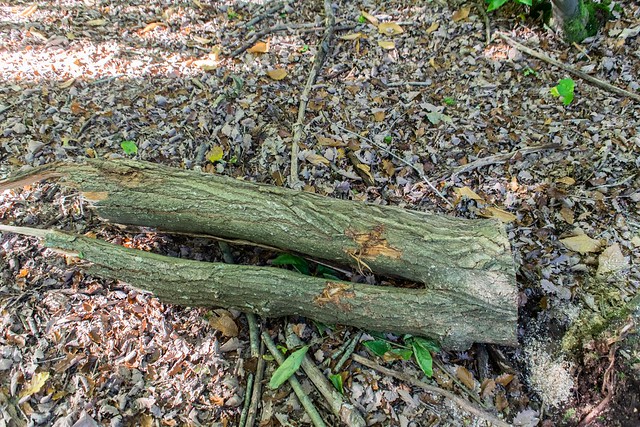
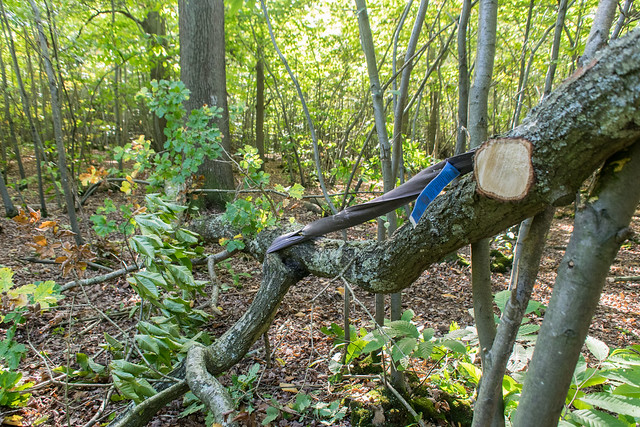
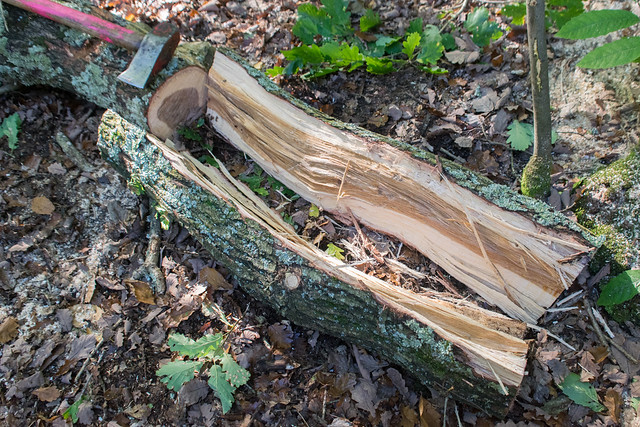

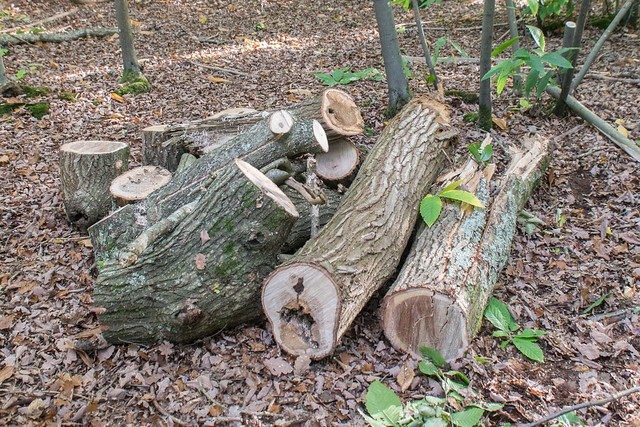

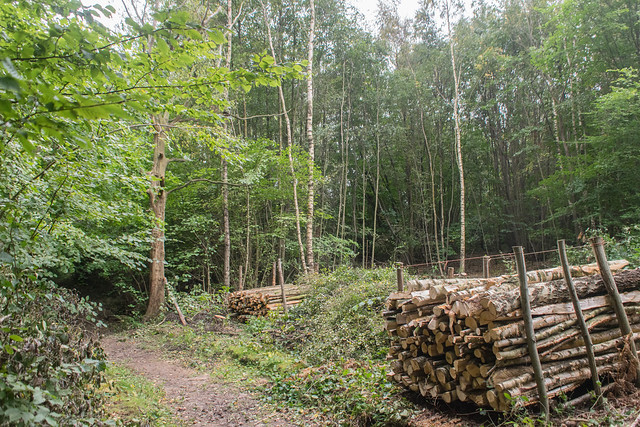



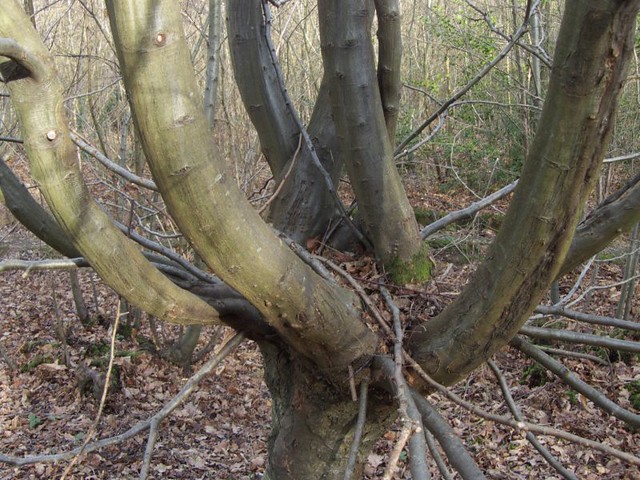
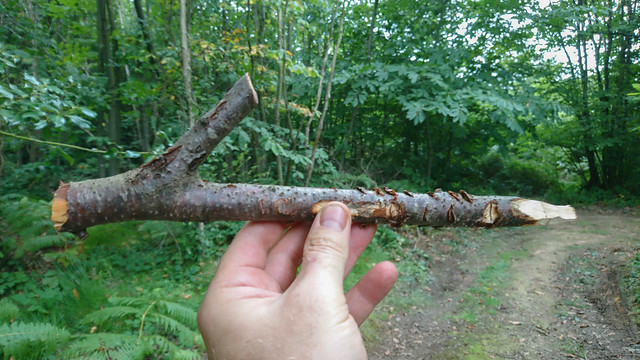
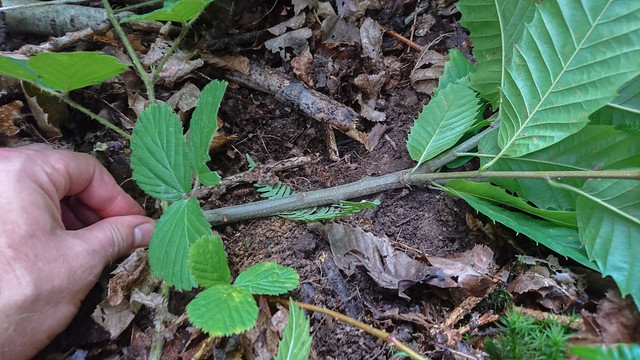
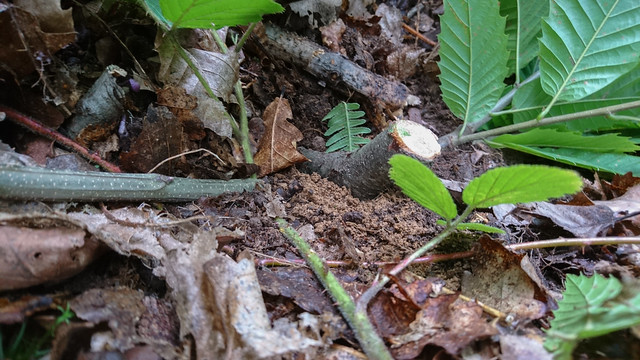
No comments:
Post a Comment